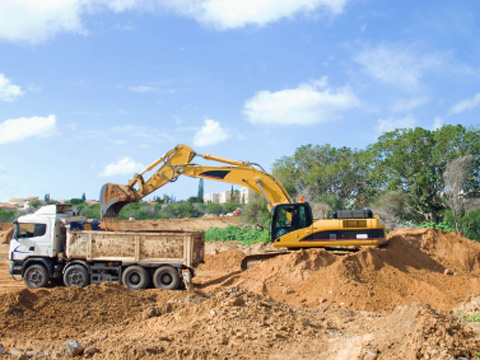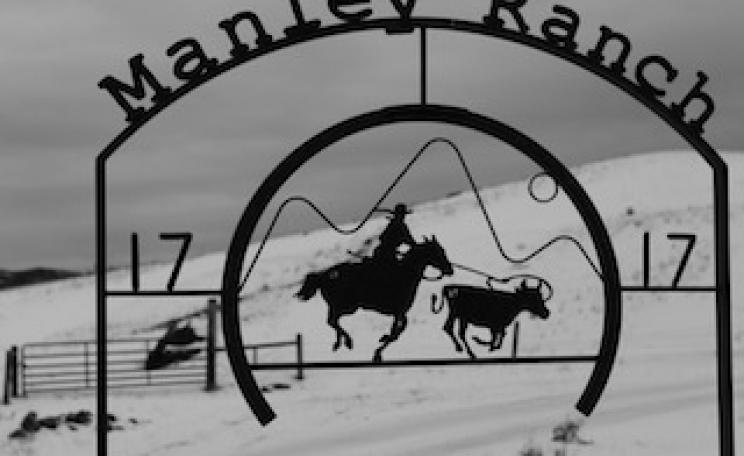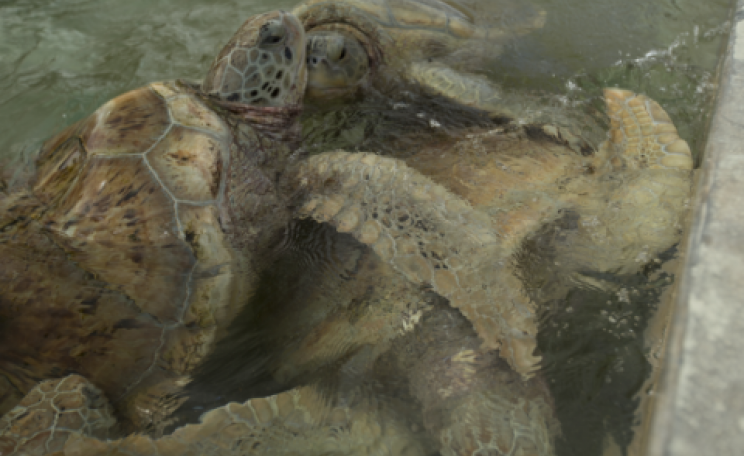When visitors arrive at the Cayman Turtle Farm, they’re greeted by signs welcoming them to the Island Wildlife Encounter; an experience which promises to bring them up close and personal with endangered Green sea turtles – for many a real once in a lifetime opportunity.
And who wouldn’t want that chance? Sea turtles are amazing. These solitary swimmers cover thousands of miles, traversing the world’s oceans and diving depths of up to 135 metres.
So just imagine the cruelty of trapping one in a small filthy tank. Now imagine hundreds, thousands. Packed together, sea turtles get sick and stressed. They turn on each other. Tourists that pay to ‘meet’ these wild animals might not recognise the bite wounds, or know that handling them is mental torment.
As I walked around the Cayman Turtle Farm, I became deeply saddened by what I was seeing. It was sobering to see the juxtaposition between the Farm’s large and well and maintained gift shop and its tanks: dirty, cramped and not even hip height, where thousands of turtles are condemned to spend the rest of their lives.
Tourists, believing that Farm was solely conservation-focused, were smiling for photos, holding up clearly distressed turtles for the family album.
WSPA’s research has showed that most visitors had absolutely no idea that turtles like the ones they were holding were being cruelly farmed for human consumption.
The visiting public may think that the turtles at the CTF look perfectly happy but all is not as it seems. The turtles being scooped up for handling by visitors were flapping their flippers and gasping for air; behaviour they would only naturally display when under attack by a predator in the wild.
Since WSPA launched its public campaign against the CTF’s farming practices, the Farm have responded by claiming that we’re being sensationalist, that its turtles are fine because they’re alive and breeding, what more could we want? They portray WSPA as being unreasonable and out of touch with the reality of conditions at the Farm.
But this argument actually just exposes the Farm’s fundamental lack of understanding of the difference between animal health and welfare. Animal welfare is a separate scientific discipline to animal health. While a sea turtle may appear superficially healthy and be breeding, its welfare could still be severely compromised.
While animal health is certainly an important aspect of welfare it’s not the only one; animal welfare takes a much more holistic look at an animal’s wellbeing.
The World Organisation for Animal Health (OIE) says: “Animal welfare means how an animal is coping with the conditions in which it lives. An animal is in a good state of welfare if it is healthy, comfortable, well nourished, safe, able to express innate behaviour, and if it is not suffering from unpleasant states such as pain, fear and distress.”
Sometimes it’s easy to notice when animals are distressed, like dogs hiding under the sofa if they hear fireworks or tigers pacing back and forth in small cages. Sea turtles aren’t like dogs or other mammals though; as reptiles they don’t show distress in the same way, and us humans aren’t as adept at picking up on the signals.
As the OIE states, characteristics of good animal welfare standards include letting animals express their natural behaviour. For sea turtles, this involves swimming thousands of miles across the world’s oceans, diving depths of up to 135 metres and living a largely solitary existence. This is a world away from life at the CTF.
Cramped, dirty and overcrowded tanks can never satisfy a sea turtle’s natural needs.
The Farm doesn’t stop at accusing WSPA of being sensationalist or even fraudulent: there have been frequent allegations that we don’t understand Caymanian traditions and culture, along with the significance of turtle meat on the Island.
It’s easy and politically convenient to characterise WSPA as a faceless organisation, based in faraway London, but the reality is that WSPA is a multicultural charity made up of dedicated, passionate experts based around the world, from Costa Rica to China. Cultural sensitivity is integral to our organisation. However, we believe that culture is dynamic, and that the inhumane treatment of animals is never excusable.
WSPA understands that Caymanians have a long and complex relationship with turtles: one that we have been seeking to fully understand throughout our investigation.
We don’t doubt that there are some Caymanians who will always want to eat turtle meat, but at what cost? The island loses millions of dollars in revenue in order to prop up the CTF. If local people had the choice between occasionally eating a bowl of turtle stew, or having access to a new hospital, school or lower tax it’s hard to imagine they’d pick turtle stew.
Yet demand for turtle meat is the Farm’s raison d'être. It claims that by satisfying local demand for turtle meat with farmed turtle meat, it’s protecting wild turtles from poaching. Poaching may have declined since the CTF opened, but it’s hard to attribute that fall solely to the Farm’s activities. Recent figures released by the Farm themselves show that appetite for turtle meat is waning, with the number of turtles being sold for meat halving in the past five years. Of course, the Farm is only able to sell the meat locally, as international trade in turtle meat is illegal under CITES legislation.
And if combatting turtle poaching is the Island’s main aim, why doesn’t the government direct the nine million Caymanian dollars a year it ploughs into the CTF towards proper enforcement and beach patrols? Ultimately there are more efficient and certainly more cost effective, ways to tackle illegal poaching: ways that don’t require the suffering of 7,000 gentle endangered animals.
WSPA isn’t asking the Farm to change overnight. We understand that transitioning away from eating turtle meat will be a slow process, but it is possible, and has happened elsewhere across the Caribbean region and around the globe. There’s a reason that CTF is the last turtle farm in the world – it’s an outdated model which no longer does justice to the Cayman Island’s turtle heritage.
We hope that the CTF will follow the example set by Kélonia in La Réunion. This former turtle farm overcame the challenges of local demand and shifted away from commercial production. It now acts a rescue and release facility, generating income from tourism and increasing wild populations simultaneously.
There are some immediate steps which can be taken to prove that the Farm is willing to work with us - the most important being the issuing of a public declaration of its intention to end the commercial production of sea turtles for human consumption.
The bottom line is simple: there is no humane way to farm sea turtles. Neither culture nor conservation is an excuse for over 7,000 sentient animals to be undergoing daily torment.
We want to work with the Farm to turn it into a place that Caymanians can be proud of. Science and society evolves and WSPA would like to help CTF make a positive change, for the turtles, for tourism and for the island.
Rachel Alcock is WSPA's wildlife campaign manager
| READ MORE... | |
 |
REVIEW Arctic Sanctuary: Images of the Arctic National Wildlife Refuge An evocative combination of stunning photography and beautiful prose drives home the natural wonder of the Arctic in Jeff Jones and Laurie Hoyle’s wonderful book |
 |
INTERVIEW Paul Collier: saying 'nature has to be preserved' condemns the poor to poverty Oxford Economics Professor and former head of Development Research at the World Bank, Paul Collier on reconciling romantic environmentalism and mainstream economics to help poor countries |
 |
HOW TO MAKE A DIFFERENCE TAKE ACTION: Don't let the government back-track on UK marine protected areas Show the government you support the creation of a marine conservation network to protect the UK's threatened sea life |
 |
NEWS UN biodiversity targets now need to be implemented say campaigners Broad welcome for new biodiversity targets, including increase in protected areas, but campaigners express concern that previous 2010 targets have still not been met |
 |
NEWS ANALYSIS What is biodiversity offsetting and how would it work? European observers say it is going to be as ‘big as the carbon market’, but is buying a licence to cause ecological damage a sound strategy? Tom Levitt investigates |






